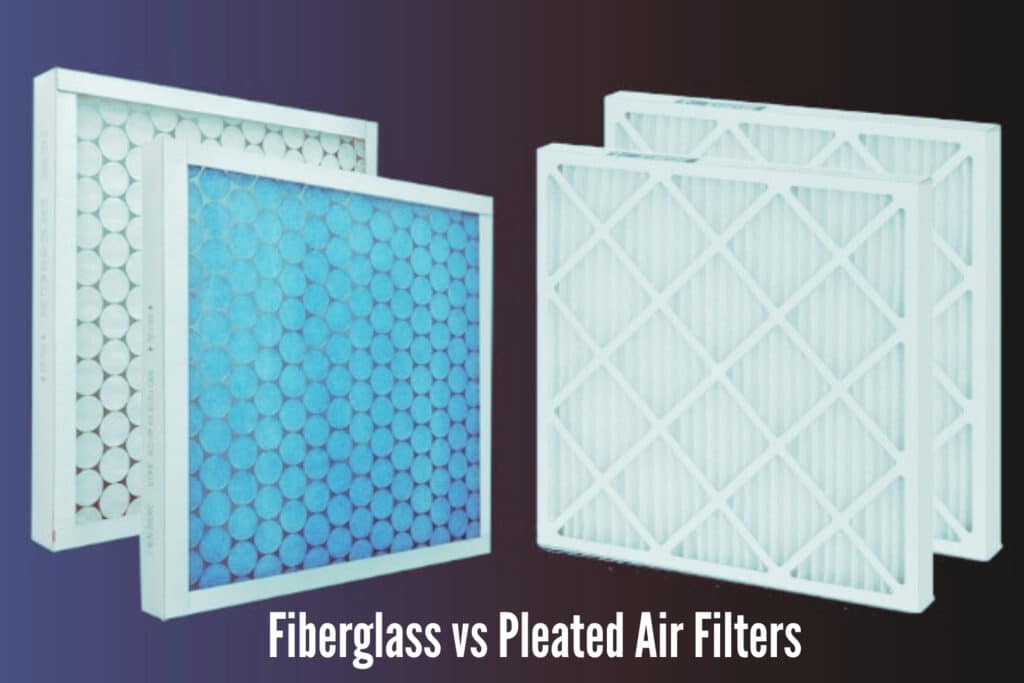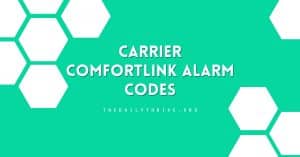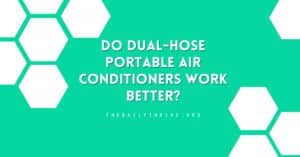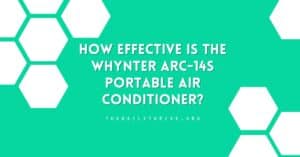Pleated air filters are the most popular type of air filter available for your heating and air conditioning equipment, and it’s not just by chance. These filters offer a very wide variety of design characteristics, and many suppliers are very happy to provide custom replacement sizes to meet almost any need.
They are available over a wide range of efficiencies, media types and frame types. Some even have electrostatic characteristics or even help with odor control. They are the industry standard for contractors because of their durability, availability, cost and effectiveness.
Are Pleated Air Filters Better?
There are a couple of very good reasons for the pleated design of these filters, and without this design characteristic, the filters would be ineffective and unsuitable for use in any heating or air conditioning system.
The first reason is the Face Loading characteristic of pleated filters. Dust is trapped on the surface of the filter material instead of throughout the depth of the material as in media type air filters. Because of this face loading characteristic, there is no distribution throughout the depth of the filter material to trap particles, and this means the filter material must be very efficient because it is very thin.
As for efficiency increases, so does the restriction on airflow. To compensate for the increased airflow restriction, more filter material is used (pleats). Increasing the square footage of the filter material will allow for better airflow and less restriction.
Folding the filter material into pleats increases the surface area of the filter and extends its useful life. If the filter material were used as a flat panel without being pleated, it would clog with dust in a matter of days. This would lead to a decline in system performance and could even cause equipment failure if a replacement wasn’t installed.
Pleated Air Filter Efficiencies
Most pleated air filters are rated at 20 – 30 percent efficient and have a MERV 8 rating. This, of course, depends on the material being used in the construction of the filter.
Pleated air filters with MERV 12 and MERV 13 ratings which means it is over 97 percent efficient. This is a very high rating for pleated filters. They are able to attain this very high rating by incorporating electrostatic characteristics in the pleated design.
Another factor that makes their filters appealing is they don’t support the growth of bacteria, fungi or mold, and they capture 97.8% of the microscopic airborne dust, pollen, allergens, mold spores, pet dander, bacteria and particulates carrying bacteria and viruses in the air.
Pleated air conditioner filters and furnace filters are available in 1 inch, 2 inch, 4 inch, 5 inch and even 6-inch thicknesses. The most common sizes used in air conditioning and heating equipment are the 1 inch and 2 inch thick filters.
Some speciality filters also use the pleated design. You are not likely to find them at your local hardware store. Usually, they are offered by contractors, or you can order them online.
It is important to monitor pleated air filters and change them when required, so they do not become plugged with too much dust and restrict airflow through your heating or cooling equipment. Follow manufacturers’ recommendations or use an air filter change indicator to help you get the most use from your filter.
Characteristics Of Pleated Air Filters
- Ratings from MERV 5 to MERV 13 – MERV ratings refer to the size of the particles that the filter captures. A higher MERV rating means the filter will trap more dust and allergy-causing contaminants.
- Available from 1 inch up to 6 inches thick – The most common sizes used in heating and air conditioning equipment are 1 inch and 2 inches, but they are also available in 4 inch, 5 inch and even 6 inches deep. The deeper the pleat, the greater the dust holding capacity and the longer it can remain in the air handler without needing to be changed.
- Custom sizes are available – Need an odd size? A very common problem with filters is that odd sizes are often required. Manufacturers of pleated air filters are willing to supply custom sizes to meet most needs.
- Some have electrostatic characteristics – Some of the most efficient pleated filters incorporate electrostatically enhanced synthetic fibers in their filters to achieve very high-efficiency ratings.
- Some are made with carbon or charcoal fiber impingement – These carbon impinged materials are formed into pleats and are used to construct the filter. Carbon is well known for its ability to absorb odor causing contaminants from air and water.
- There are several common materials used to make pleated furnace filters and pleated air conditioner filters, such as cotton, polyester and synthetic blends.
Because there are so many manufacturers and suppliers of pleated residential air filters, there are also many different varieties to choose from. Some have wire mesh on one side of the filter, which helps it maintain its shape and prevent it from collapsing due to the pressure of the air passing through it.
Aluminium mesh is usually found on filters that are made of less rigid materials like cotton. More efficient types do not usually have this wire mesh because the filter material is rigid enough to withstand these pressures.
Are Pleated Filters Good For Those Who Suffer From Allergies?
If you suffer from allergies and just can’t get any relief, you may want to try a pleated air filter with a higher MERV rating of 10 to 13. These are the most efficient pleated filters available and should help to provide some relief. But upgrading your air filter alone may not be enough. It is just one important step in creating an allergy-free environment.
Some furnace filters, such as fibreglass panel filters, are not very efficient and will only trap the largest of dust particles and don’t even do a good job on those, while others, such as the electrostatic air filter, HEPA filter and high end pleated filters will remove a much higher percentage of household allergens from the air.
Fiberglass Air Filters vs Pleated Air Filters
The difference between these two types of air filters is pleated air filters provide better air filtration than fiberglass air filters. Fiberglass filters are cheaper than pleated air filters, but pleated filters are more efficient (can last up to 3 months) and three times longer than fiberglass filters.

There are many different types of panel air filters available, but many are not worth using in your air conditioner or furnace because they are very inefficient. The worst of these, and unfortunately one of the more commonly used, are the disposable fiberglass panel filters. These types of filters are a waste of money. The purchase price may be lower, but the real cost is poor air quality and higher equipment maintenance costs.
The dust that passes through the fiberglass air filters will end up on your furniture and in the duct system of your HVAC unit. If this filter is in an air conditioner or heat pump system, dust will eventually build up on the surface and between the fins of the evaporator coil and restrict airflow. Under certain conditions, this can actually lead to equipment breakdown.
Although pleated air filters with low MERV ratings will do an adequate job of controlling dust in your home, they do not work as well as media pad filters or electrostatic furnace filters. Because of their benefits, pleated filters are more expensive than fiberglass filters, but without a doubt, they are better than fiberglass air filters.






